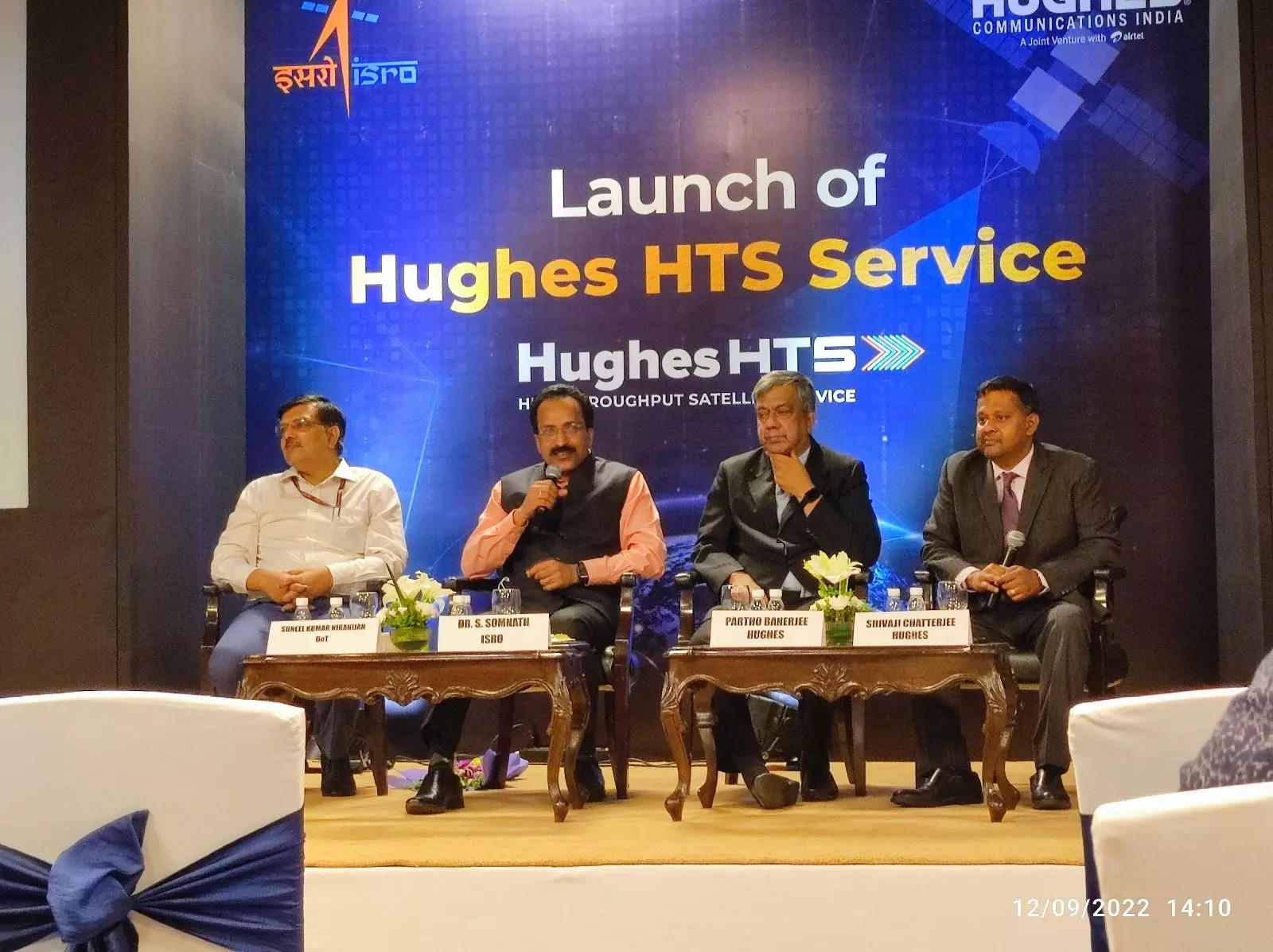
HCI in collaboration with ISRO launched India’s first high throughput satellite (HTS) broadband internet service. Here’s everything you need to know about it.
ISRO and HCI launch India’s first commercial satellite broadband

On Monday, Hughes Communications India (HCI) and the Indian Space Research Organization (ISRO) launched their first commercial satellite broadband service. The firm had been testing the service in North India last year. With the help of ISRO’s Ku-band capacity of GSAT-11 and GSAT-29 satellites. the service is promising high-speed satellite broadband services to remote locations. Currently, with the help of HTS technology, they are providing assistance to the Indian Army, and paramilitary forces that patrol the Line of Actual Control (LAC). The service is also helping in other remote border outposts.
“With the new HTS capabilities powered by ISRO satellites, we are confident that HCI will continue to deliver excellent quality satellite broadband services and further enhance the connectivity experience that accelerates India’s digital transformation,” stated Dr. S Somnath. Dr. Somnath is the chairman of ISRO. During the launch, he emphasized that the new partnership with the private sector will help improve people’s lives.
What is HTS?
HTS or High-throughput Satellite is unlike conventional satellite. It is capable of increasing the capacity and reducing cost per bit while using the same amount of orbital spectrum. “HTS provides much more bandwidth. It provides much lower-cost bandwidth, and it provides a much higher user experience,” explained Shivaji Chatterjee. Chatterjee is the senior vice-president of Hughes Communications India.
However, unlike conventional satellites that use a broad of single or few beams to perform operations, HTS uses spot-beam to perform operations. Spot beam technology makes focusing on a limited area and providing seamless and fast connectivity possible. Over two lakh government sites and businesses in India are using this service.
More on the partnership
At the moment, the HTS service has a 1 Gbps capacity. However, they are expecting it to grow to 10 Gbps and eventually 100 Gbps in the future. Currently, HTS is being used by several cooperative banks, Small and Medium Enterprises (SMEs), and telecommunication 4G operators. “Currently, we are majorly operating in the B2B sector. In the B2B space, the value proposition is quite different from consumer space or single connectivity. There will be different segments but we are definitely cost-competitive. We are moving to the next generation of K band satellites as well where we will become even more cost-competitive,” stated Partho Banerjee. Banerjee is the president and managing director of HCI.






